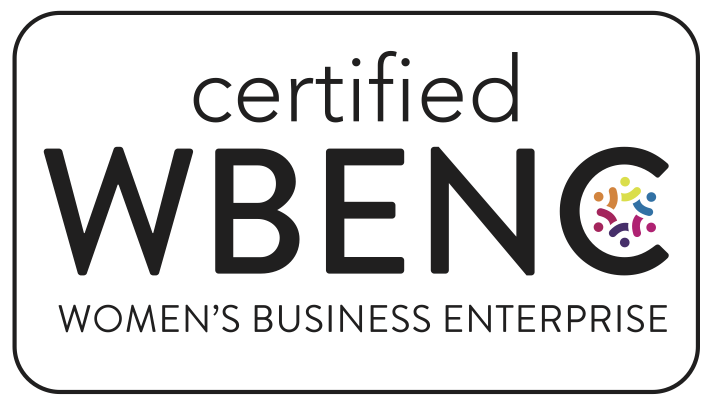Whether a candidate applies for a role because they are actively drawn to a particular organization, because they stumble upon an open positive via a general search on Indeed, or because a sourcer found and wooed them, the job posting is almost always a checkpoint in the hiring process. Although companies have been trying to improve their job ads for decades, the need for improvement has taken on new urgency in the last year given the scramble for talent, particularly for candidates with skills in scarce supply.
And that means it’s time for every organization to check its own job postings. CHROs, recruiters, hiring managers, CFOs—anyone who has any say at all in hiring should go to their company’s career site, choose a random job posting, and evaluate it by asking and answering the following four questions.
Is the posting a job description or a job ad?
Don’t use job descriptions in place of job ads. A job description is usually a long document with lots of details and legalese and might include phrases such as “this position requires sitting for long periods of time.” On the other hand, a job ad is succinct, compelling, and differentiating.
Job descriptions are best used at the time of the offer to ensure that the candidate has all the information they need to make an informed decision about accepting the position. Remember, a job posting is no more a legal document than a commercial for potato chips is. The function of the ad is to get people to want to eat potato chips, not to tell them the details about how potato chips are made, what ingredients they contain, and what potential harms could result from eating them.
Is this a generic list or a compelling pitch?
A good job ad doesn’t simply highlight the three to five most important responsibilities of the job and end with “other tasks as assigned by leadership.” It also includes other information that's important to the candidate, such as where the job is based, whether hybrid or virtual options are available, and whether the position requires travel. Companies should take their cue from Google’s own job ads, which put remote work information at the very top, followed by qualifications, the employment value proposition, and the key responsibilities of the role.
Are the qualifications clearly stated and realistic?
To be sure they cast a wide enough net, job postings should include objective qualifications and list both “required” skills and “preferred” skills. Differentiating between the two and highlighting the skills and experiences that will carry the most weight in selection decisions makes the selection criteria crystal clear to candidates. Lose the laundry list of subjective—and vague—skills, such as “work well with others,” “have integrity,” “be able to multitask,” and “excel at listening and communicating” and instead spell out the objectively defined desired skills, experiences, or knowledge. Also, ditch experience ranges (e.g., “3–5 years”) and just specify the minimum threshold (e.g., “3+ years”). After all, unless a company intentionally practices age discrimination or uses ineffective hiring criteria, it’s not going to disqualify someone whose 6 or more years or experience fall outside an arbitrary “3–5 years” range. Netflix is one company that does a good job of clearly stating the desired qualifications; in many cases its job ads don’t specify how many years of experience a candidate should have—only the types of knowledge they need.
Is the ad selling the full employment package?
Does the job posting include specific, compelling information about the benefits and perks of the job? A company shouldn’t wait until the offer stage to let candidates know about great aspects of its employment value proposition (e.g., generous paid time off, the low cost of health insurance, retirement plan contributions, volunteer programs, special discounts). Great candidates have lots of options, and the sooner an organization communicates the value of its total package, the more likely it will be able to reel in top talent.
Now is the time for companies to put their best foot forward with a marketing-based refresh of their ads, starting with their most critical and difficult-to-fill roles. Having the analytics team compare the number of unique visitors to a set of job postings with the number of applications for those roles can reveal a great deal about the effectiveness of the organization’s approach to recruitment. If the job postings aren’t attracting great candidates, then it’s time to spice them up (perhaps with help from a freelance writer who can offer a new perspective) so they reflect the company’s overall brand and are appealing enough to compel readers to click on the “apply” button.

